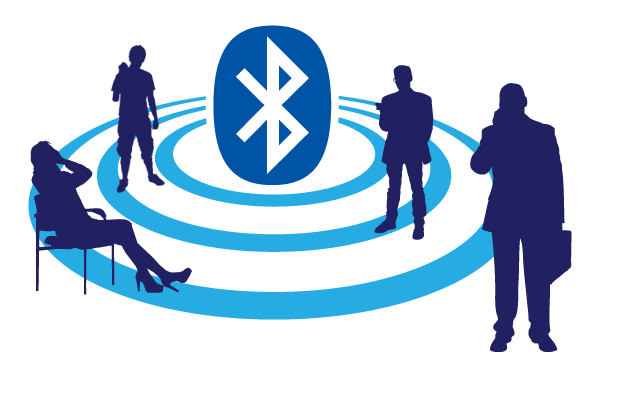
The introduction of the Bluetooth 4.0 standard in 2010 played a defining role in fueling the prolific growth of the Internet-connected devises comprising the IoT. Five years later, the Bluetooth Special Interest Group (SIG) announced some serious performance bumps in range, speed, as well the introduction of mesh networking by 2016. Together, these changes aim to exponentially extend connectability, thereby furthering the development of smart homes, industrial automation, and the smart infrastructure.
“The Bluetooth technology roadmap is a powerful expression of our mission to continue as a catalyst for industry innovation,” said Mark Powell, executive director, Bluetooth SIG. “Bluetooth has been adopted by countless developers and manufacturers as their connectivity solution of choice for the IoT. The new functionality we will soon be adding will further solidify Bluetooth as the backbone of IoT technology.”
SIG is a membership-based organization that oversees and develops the Bluetooth standard; while it includes several levels of memberships, the seven most influential consist of Apple, Intel, Microsoft, Lenovo, Toshiba, Ericsson, and Nokia.
The first part of the 2016 roadmap will increase Bluetooth range by four times its current limit of about 330 feet, allowing IoT devices to establish an extended connection with devices inside and outside the home. Next, SIG promises a 100 percent speed increase with no additional energy consumption, a change which will have major ramifications across multiple types of appliances, enabling faster data transfers, increased responsiveness, and lowering the latency.
Lastly, introducing mesh networking to Bluetooth connectivity is arguably the binding which ties all the other improvements together. Mesh networking will permit Bluetooth-enabled devices to communicate not just with one another using one-to-one links, but through entire building-wide networks. This process provides a more efficient way of transferring data between devices then the current practice of connecting through a central hub.
“There is significant demand from our members and the industry at large to enhance Bluetooth with the new capabilities we’re announcing today,” said Toby Nixon, chairman of the Bluetooth SIG Board of Directors. “Current projections put the market potential for IoT between $2 and $11.1 trillion by 2025. The technical updates planned for Bluetooth technology in 2016 will help make these expectations a reality and accelerate growth in IoT.”
While SIG plans to roll out the plan by 2016, it’ll undoubtedly take longer for tech to become the status quo sift its way into commercial products. At least there are great things on the horizon.
Source: Businesswire and Venturebeat
Advertisement
Learn more about Electronic Products Magazine





